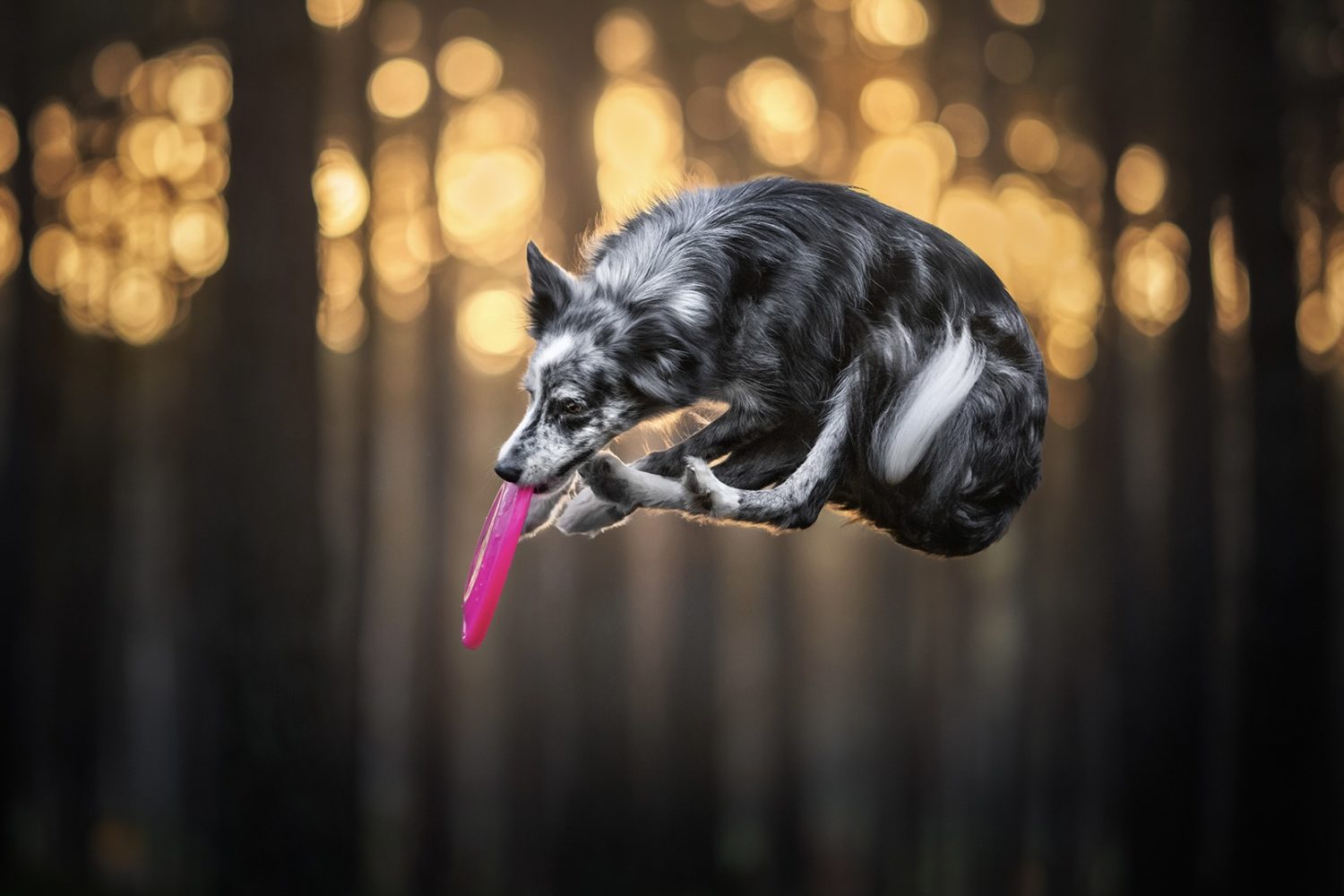In June, the Museum of Fine Arts (MFA) in Boston minted pastel pieces by Impressionist masters such as Degas, Pissarro, and Monet as NFTs. The funds will go toward the conservation of two (physical) Degas paintings. With that sale, the MFA joined a handful of major arts institutions to have experimented with NFTs, among them the Uffizi Gallery in Florence and the Whitworth gallery in Manchester.
Even with cryptocurrencies currently facing a bear market, NFTs are continuing to reshape the arts—and they’re likely to stick around for a long time. In this article, we’ll take a look at why that is.
Disclaimer: We are not giving financial advice, and nothing in this article should be taken as such. For financial advice, consult a financial advisor.
Before we dive in, a quick refresher: non-fungible tokens, or NFTs, are unique digital assets that exist on a blockchain, an immutable digital ledger that also powers cryptocurrencies. While it’s an oversimplification, the common analogy is that, when attached to digital art, these tokens act like certificates of authenticity.
While countless identical versions of a single photograph (or video, gif, 3D render, and so on) might exist online, NFTs allow someone to have verifiable ownership over the original, “real thing.” It can’t be faked, and that makes it valuable.
We’ve recently entered what many are calling the “crypto winter,” with the wider crypto markets, including Bitcoin and Ethereum, experiencing downturns. The landscape looks different than it did one year ago, in what was dubbed “Hollywood’s NFT summer.”
But at the same time, many are pushing forward: in June, NFT.NYC welcomed more than 15,000 visitors, a significant increase from the 5,000 seen in 2021. Meanwhile, some platforms and marketplaces are looking to expand beyond the crypto crowd, with some opting to allow credit card payments to improve accessibility. And Meta released a Beginner’s Guide to NFTs.
Far beyond the fine art space, we’ve seen digital fashion, video game assets, and metaverse real estate. Some NFTs are even being used to pioneer digital sports memorabilia or power private, members-only clubs. New use cases seem to emerge almost on a weekly basis.
Although the market might be changing, many see these changes as an evolution in the NFT space, a community that’s still in its early stages, growing and changing in real-time. One interesting thought is that this moment could shift our understanding of what NFTs are and what they could become.
For example, perhaps there will be more emphasis on curation in the NFT art space going forward, with the artist’s originality and vision taking precedence. This “filtering” process could mean that buyers are more selective about their investments, and that’s not necessarily a bad thing. With speculation cooling, we might see the focus shift toward the art itself, with people investing in work that resonates with them, regardless of whether or not its monetary value is expected to soar.
And originality counts for a lot in the crypto art space: although some things have changed since it was first published in February, a study by Temple University and the University of Chicago found that derivative projects, those that use the IP of existing projects, were far less likely to do well than original ones.
The question of curation has been bounced around the NFT community a lot over the last few months, with many collectors seeking out educational opportunities and looking to engage more deeply with the work they support. Arts institutions and photography platforms alike can play a role in public education.
In April, as part of the third edition of Natively Digital, Sotheby’s situated NFTs within the larger historical context of generative art, from the 1960s to today. This kind of reframing of NFTs—from trendy assets to objects of historical significance—could be fundamental in establishing longevity in the space beyond 2022.
Projects like the recent minting of Impressionist pastels at the Museum of Fine Arts or the Uffizi Gallery’s Michelangelo NFT, sold last year, can also provide some insight into how enduring fixtures of the traditional art world might explore NFTs in the future. Elsewhere, in the photography space, Vault by 500px plans to roll out collections featuring iconic images from the Corbis historical archives.
Meanwhile, Canon recently revealed their plans for the Canon Legends NFT collection, featuring history-making photographers working across genres, from Sam Abell to Walter Iooss, Jr. Meanwhile, back in April, LIFE Magazine launched a collection of NFTs for some of their most recognizable photographs.
Another potential outcome of this moment of reflection and reassessment—and one that’s been circulating around crypto art circles for a while now—is that we could see collectors narrow in on projects that offer utility, perks, and experiences beyond the digital artwork alone. In photography collections, “utility” could mean anything from studio visits to private workshops. No one knows what Web3 will look like exactly, but the “crypto winter” could inspire us to rethink and reimagine where we want to go.
And there have been success stories in recent weeks; in late June, for instance, a 27-lot sale by Christie’s, featuring NFTs from Mad Dog Jones and Beeple, reached $1.6 million, outpacing expectations. It might not be as staggering as their $69.3 million Beeple sale last year, but it does indicate that the demand remains, even amid an uncertain time.
On the Ethereum blockchain, smart contracts empower photographers and other artists to set their own terms, with many earning royalties for pieces sold on the secondary market. That alone is significant and meaningful, signaling to photographers that they can and should be paid for their work. In the age of Web2, artists competed for “likes” and attention; in Web3, the hope is that artists can fully own—and monetize—everything they create.
In the early days of NFTs, we heard mostly about the outliers—the headline-grabbing sales that made artists rich overnight. But perhaps NFTs were never so much a “golden ticket” as another step in the evolution of art in the age of the internet—a step that finally allowed us to assign value and scarcity to digital artworks, photographs included. In other words: the “gold rush” might be cooling, but in so many ways, we’ve only just begun to scratch the surface.
Explore VAULT now. An NFT marketplace for creators, collectors, and art lovers.












Leave a reply